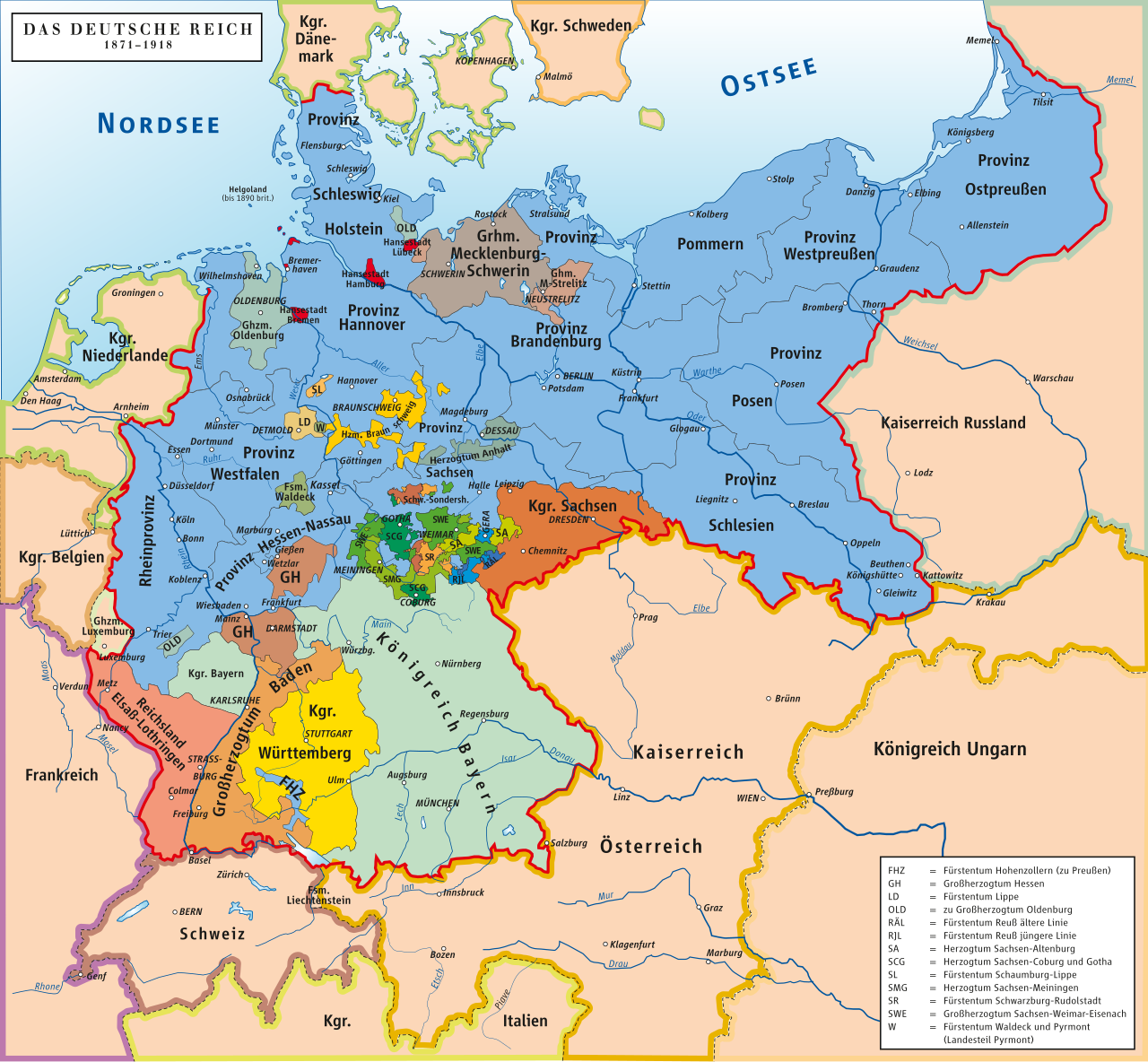
Please check our ASM Middle/Upper School Library Moodle page for login information
History Reference Center (Ebsco)
Designed for academic research, this database features full text for more than 1,990 reference books, encyclopedias and non-fiction books from leading history publishers.
Modern World History Online
Covers the full scope of world history from the mid-15th century to the present. Thousands of fully hyperlinked subject entries, biographies, images and videos, maps and charts, primary sources, and timeline entries.
Oxford Research Premium
Over 2 million digitized entries across Oxford’s Dictionaries, Companions and Encyclopedias; Oxford Reference is the premier online reference product, spanning 25 different subject areas.
EBSCO Ultra Online
A comprehensive collection of full-text reference resources including ERIC, Newspaper Source, and TOPICsearch.
JSTOR
JSTOR is a database of core scholarly journals in the humanities, social sciences, and sciences.
Questia
Online research library with access to books, journals, articles, and encyclopedias primarily in the humanities and social sciences.
MAS Ultra Electronic Periodicals (Ebsco)
MAS Ultra provides full text for tens of thousands of magazines, biographies and primary source documents, hundreds of reference books (including the Columbia Encyclopedia and the CIA World Fact Book), an Image Collection containing photos, maps & flags, color PDFs and expanded full-text back files (back to 1975) for key magazines.

Excerpts from Memoirs by Otto von Bismarck
From Hanover Historical Texts Project
German Studies Web
The German Studies Web was founded July 6, 1995. It is designed to provide access to scholarly resources in German Studies, including all German-speaking countries. The resources organized here have undergone a selection and evaluation process. If needed, annotations have been provided augmenting the research value of these resources to scholars
German History in Documents and Images
Date range: 1500-present
Geographical focus: Germany
"a comprehensive collection of primary source materials documenting Germany's political, social, and cultural history from 1500 to the present. It comprises original German texts, all of which are accompanied by new English translations, and a wide range of visual imagery"
Ramage, B. J. “Prince Bismarck and German Unity.” The Sewanee Review, vol. 7, no. 4, 1899, pp. 444–468. JSTOR, www.jstor.org/stable/27528067.
Schulze, Hagen. “German Unification in the Context of European History.” German Studies Review, vol. 15, 1992, pp. 7–20. JSTOR, www.jstor.org/stable/1430637.
Sloane, William M. “Bismarck as a Maker of Empire.” Political Science Quarterly, vol. 15, no. 4, 1900, pp. 647–666. JSTOR, www.jstor.org/stable/2140466.
Showalter, Dennis E. “The Political Soldiers of Bismarck's Germany: Myths and Realities.” German Studies Review, vol. 17, no. 1, 1994, pp. 59–77. JSTOR, www.jstor.org/stable/1431304.
Craig, Gordon A. “The Jayne Lecture. German Unification in Historical Perspective.” Proceedings of the American Philosophical Society, vol. 135, no. 1, 1991, pp. 49–60. JSTOR, www.jstor.org/stable/987149.